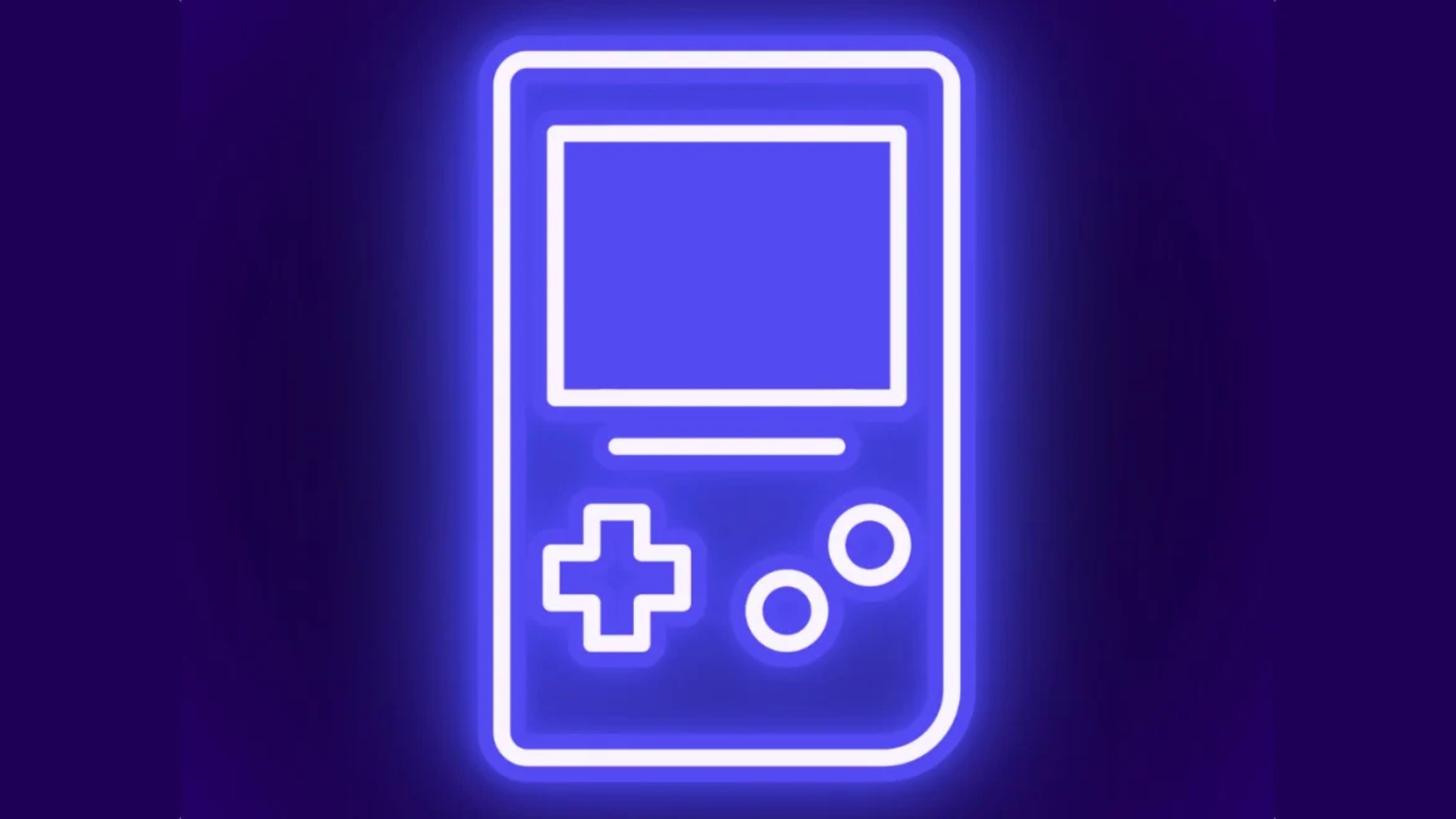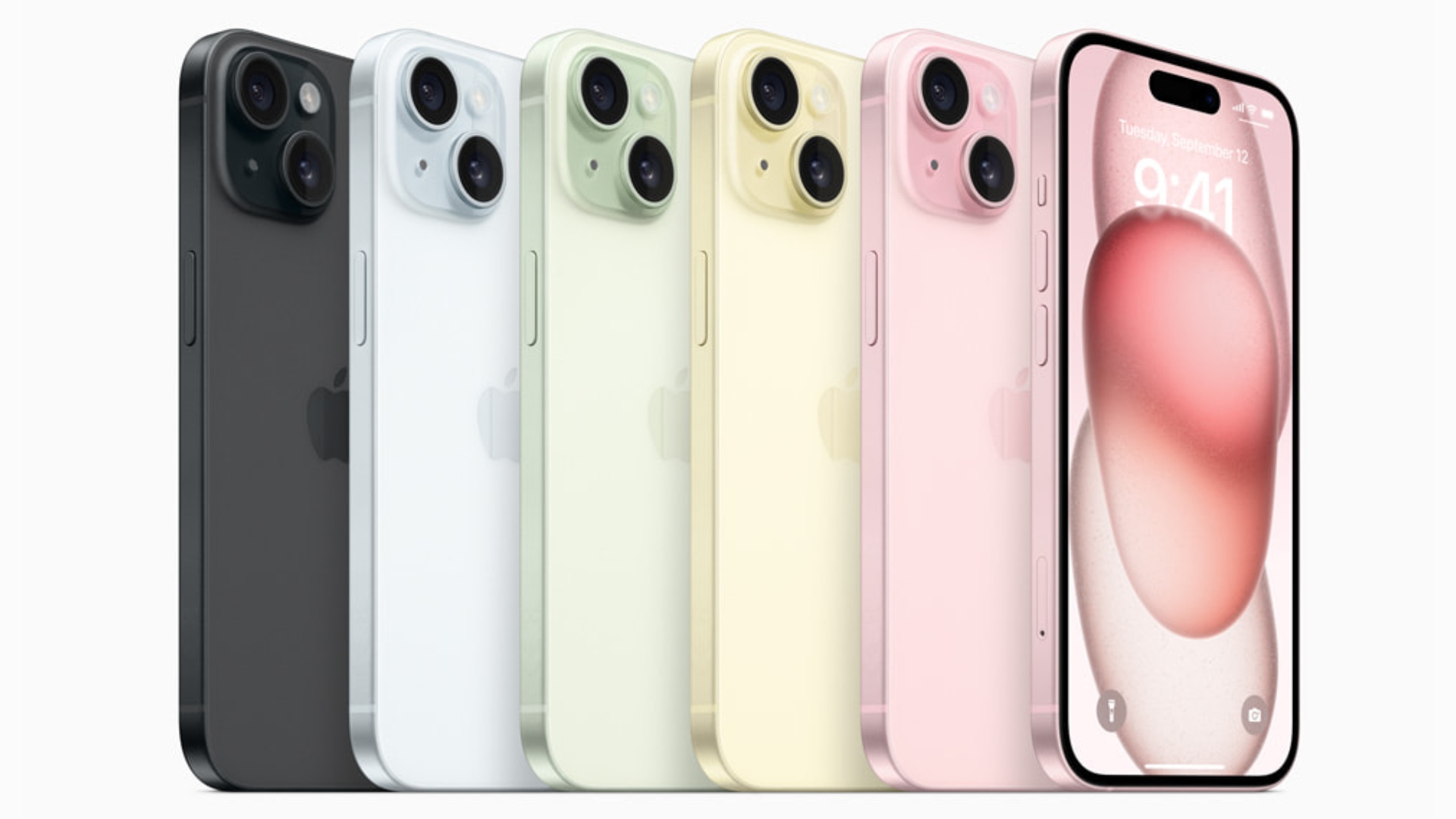
Apple’s AR Headset to Release Late 2022 and Support High-End Capabilities: Kuo

Apple’s AR headset is believed to be arriving late next year. The brand new product from the company is believed to have high-end capabilities, comparable to Mac’s processing power.
According to TF International Securities Apple analyst Ming-Chi Kuo, Apple’s long-rumoured AR headset will have processing power similar to the M1 chip. In a research note from Kuo, it’s stated that a lower-end processor will be used in order to manage sensor-related support for the headset, as reported by MacRumors.
We predict that Apple’s AR headset to be launched in 4Q22 will be equipped with two processors. The higher-end processor will have similar computing power as the M1 for Mac, whereas the lower-end processor will be in charge of sensor-related computing.
The power management unit (PMU) design of the high-end processor is similar to that of M1 because it has the same level of computing power as M1.
Kuo also believes that the first generation of the headset will be able to operate independently. It’s been theorized whether the headset will require a whether to a Mac product or an iPhone in order to function. It appears as though this may not be the case and that users will be able to tap into the headset’s functionality without having to worry about secondary devices.
Additionally, Apple is said to be working towards supporting a “comprehensive range of applications”. Kuo believes that Apple’s long-term goal is to phase out the iPhone with AR headsets within ten years.
With the use of a processor comparable to the M1 chip, Kuo states that the headset will be able to support VR applications. This is in part thanks to the 4K Micro OLED displays Sony will be providing and the 6-8 optical modules that are believed to be utilized within the headset.
Apple’s AR headset requires a separate processor as the computing power of the sensor is significantly higher than that of the iPhone. For example, the AR headset requires at least 6-8 optical modules to simultaneously provide continuous video see-through AR services to users. In comparison, an iPhone requires up to 3 optical modules running simultaneously and does not require continuous computing.
It’s unclear exactly when Apple plans to reveal its AR headset to the public. Aside from a broad “late 2022” window, we’ll have to wait and see how information of the headset is rolled out.

